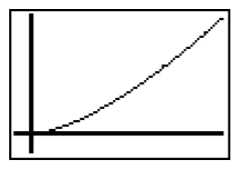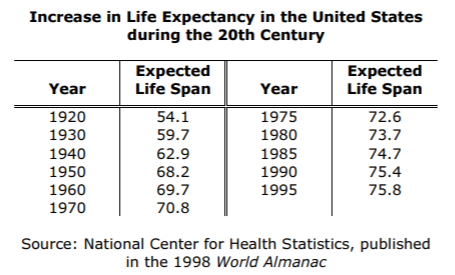Question
Questions 1 through 6 work with the length of the sidereal year vs. distance from the sun. The table of data is shown below. 1.Draw

Questions 1 through 6 work with the length of the sidereal year vs. distance from the sun. The table of data is shown below.
1.Draw a scatter plot of Distance vs. Year (using the untransformed data) with the least squares regression line. Does the line seem to model the relationship well?
2.On your calculator do a linear regression (STAT, CALC 8) for these different combinations:
Distance vs. In(Year) (L1 vs. L4 if you entered the data as directed above)
Ln(Distance) vs. Year (L3 vs. L2 if you entered the data as directed above)
Ln(Distance) vs. Ln(Year) (L3 vs L4 if you entered the data as directed above)
Which transformation yields the highest correlation coefficient (Pearson's r)? Sketch a scatter plot of this transformation and show the least squares line. What's the values of r and r2 for that transformation and what regression equation does it yield?
3.Using the regression equation from the previous question that best fits the data, place the values of the residuals into L5. Create a residual plot on your calculator and interpret it, you don't need to draw the plot.
4.Using algebra convert your regression equation to a power equation (Show your work below). Enter this equation in Y2 and make a scatter plot of L1, L2, with Y2, verifying that the power equation is a good fit for this data.
As you set up your regression equation keep in mind that the variables are Inyhat and Inx.
Here's what the graph of the scatter plot and power equation will look like



Step by Step Solution
There are 3 Steps involved in it
Step: 1

Get Instant Access to Expert-Tailored Solutions
See step-by-step solutions with expert insights and AI powered tools for academic success
Step: 2

Step: 3

Ace Your Homework with AI
Get the answers you need in no time with our AI-driven, step-by-step assistance
Get Started


